Vivien and Laurence lived their respective spouses and first moved to one of their fellow actor's home, Bushell. Anthony Arnatt Bushell (19 May 1904 – 2 April 1997) was an English film actor and director who appeared in more than 50 films between 1929 and 1961.
Then they moved to Iver in Buckinghamshire, a few miles from London.
After Iver they moved to Durham Cottage in Chelsea. Sir Laurence bought the four-bedroom Durham Cottage, in west London, to share with his new lover in 1937 after splitting from their respective spouses following their secret affair. They moved into the home while working together on Fire Over England and christened the detached two-storey house, which they owned for 19 years, Durham Cottage.
Laurence started filming Wuthering Heights with Merle Oberon, and he was unhappy that Vivien had not been cast for the role of Cathy. The film depicts only 16 of the novel's 34 chapters, eliminating the second generation of characters.
Vivien got interested in Gone with the Wind and wanted to be Scarlet. The producer was David Selznick. David O. Selznick was an American film producer, screenwriter and film studio executive who produced Gone with the Wind and Rebecca, both of which earned him an Academy Award for Best Picture.
Other than Vivien Leigh, there were other candidates for the role of Scarlet: Jean Arthur, Joan Bennet and Paulette Goddard.
Jean Arthur (October 17, 1900 – June 19, 1991) was an American Broadway and film actress whose career began in silent films in the early 1920s and lasted until the early 1950s.
Joan Geraldine Bennett (February 27, 1910 – December 7, 1990) was an American stage, film, and television actress, one of three acting sisters from a show-business family.
Paulette Goddard (June 3, 1910 – April 23, 1990) was an American actress and socialite. Her career spanned six decades, from the 1920s to the early 1970s. She was a prominent leading actress during the Golden Age of Hollywood.
Vivien was the chosen one. Clark Gable and Vivien didn't like each other. William Clark Gable (February 1, 1901 – November 16, 1960) was an American film actor. Often referred to as the "King of Hollywood",[2] he had roles in more than 60 films in a variety of genres during a career that lasted 37 years, three decades of which was as a leading man.
Gable was then married to actress Carole Lombard. Carole Lombard (October 6, 1908 – January 16, 1942) was an American actress.
The first director of Gone With the Wind was George Cukor but he was fired. George Dewey Cukor (July 7, 1899 – January 24, 1983) was an American film director and producer. Cukor was hired to direct Gone with the Wind by Selznick in 1936, even before the book was published. He spent the next two years involved with pre-production, including supervision of the numerous screen tests of actresses anxious to portray Scarlett O'Hara.
Then Selznick hired Victor Fleming, and the stress and some mental issues he had made him collapse during filming the movie. Selznick dismissed director George Cukor three weeks into filming and sought out Victor Fleming, who was directing The Wizard of Oz at the time.
Selznick also brought Sam Wood to direct the film when Victor was unwell. Samuel Grosvenor Wood (July 10, 1883 – September 22, 1949) was an American film director and producer. Victor Fleming collapsed during shooting and did not return to the studio for a month. Fleming received screen credit for directing the film, though the precise contribution by Wood, as well as that of several other contributors, including George Cukor, Leslie Howard, David O. Selznick, and William Wellman has not been fully documented.
Laurence Olivier was offered the part of Max de Winter in Rebecca, a decision which it took him months to make because he wanted Vivien to be cast as Mrs de Winter, but she did not fit the role. Joan Fontaine was his counterpart, and the actress was not treated well by either Olivier or director Alfred Hitchcock.
Rebecca is a 1940 American romantic psychological thriller film directed by Alfred Hitchcock.
During the filming of Rebecca, Joan was the inexperienced actress while the others came together as expatriates. Those were George Sanders, Judith Anderson and C. Aubrey Smith.
George Henry Sanders (3 July 1906 – 25 April 1972) was a British actor and singer whose career spanned over 40 years. His heavy, upper-class English accent and smooth, baritone voice often led him to be cast as sophisticated but villainous characters.
Dame Frances Margaret Anderson, (10 February 1897 – 3 January 1992), known professionally as Judith Anderson, was an Australian actress who had a successful career in stage, film and television.
Sir Charles Aubrey Smith CBE (21 July 1863 – 20 December 1948) was an English Test cricketer who became a stage and film actor, acquiring a niche as the officer-and-gentleman type.
Great Britain declared war on Germany, and American actors were asked to remain in America. That is what Vivien and Laurence did, but they were vilified for their decision, which contrasted with David Niven's as he enlisted.
James David Graham Niven (1 March 1910 – 29 July 1983) was a British actor, soldier, memoirist, and novelist. Upon the outbreak of the Second World War, Niven returned to Britain and rejoined the army, being recommissioned as a lieutenant.
Vivien started filming Wateroo Bridge. Waterloo Bridge is a 1940 American drama film, adapted from the 1930 play Waterloo Bridge. It recounts the story of a dancer and an army captain who meet by chance on Waterloo Bridge in London. The film stars Robert Taylor and Vivien Leigh. It was a success at the box office and nominated for two Academy Awards.
In December 1939 Vivien and Laurence travelled to Atlanta for the premiere of Gone With the Wind. About 300,000 people came out in Atlanta for the film's premiere at the Loew's Grand Theatre on December 15, 1939. It was the climax of three days of festivities hosted by Mayor William B. Hartsfield, which included a parade of limousines featuring stars from the film, receptions, thousands of Confederate flags, and a costume ball. Only Leslie Howard and Victor Fleming chose not to attend: Howard had returned to England due to the outbreak of World War II, and Fleming had fallen out with Selznick and declined to attend any of the premieres. Hattie McDaniel was also absent, as she and the other black cast members were prevented from attending the premiere due to Georgia's Jim Crow laws, which kept them from sitting with their white colleagues.


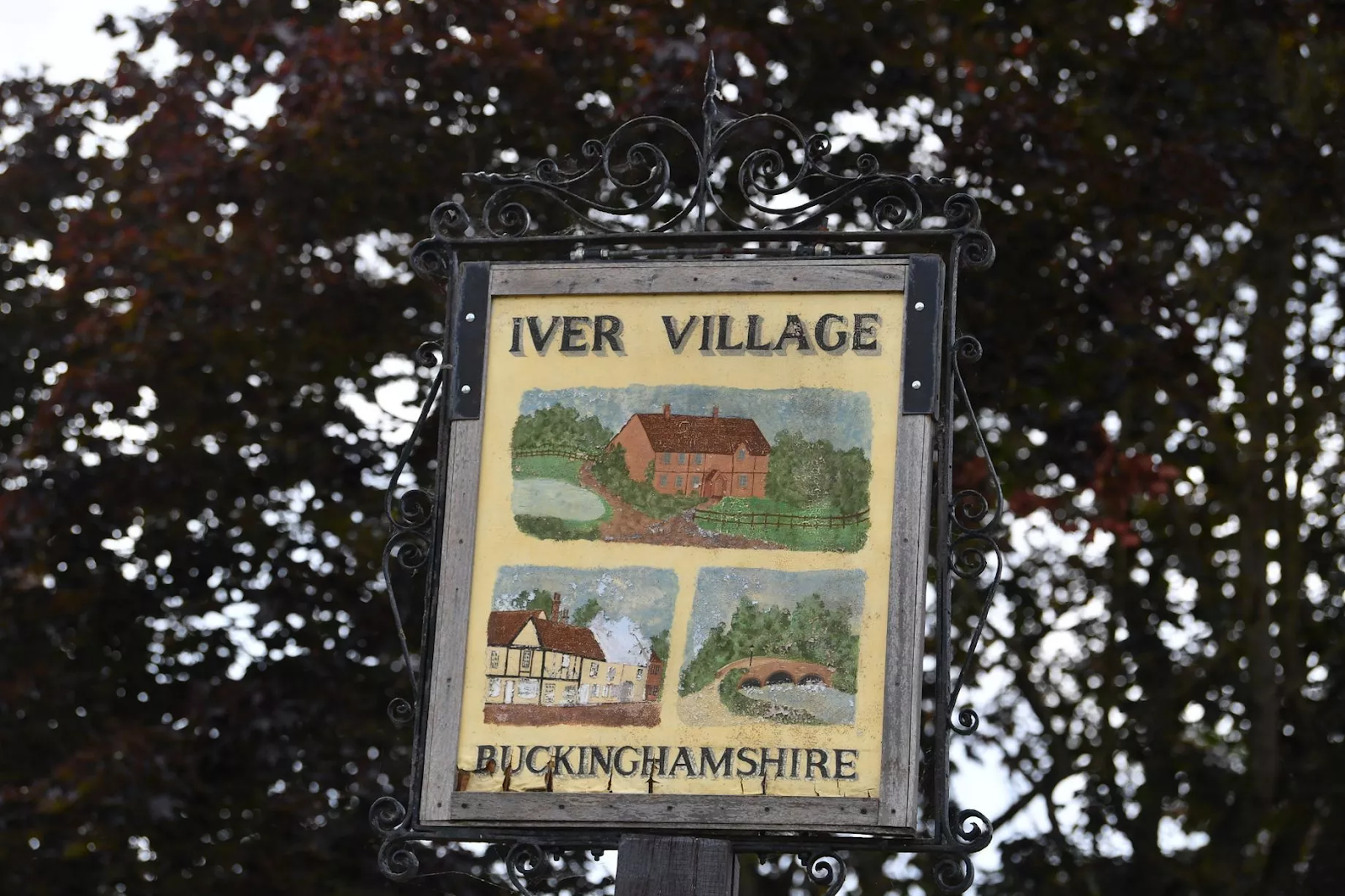


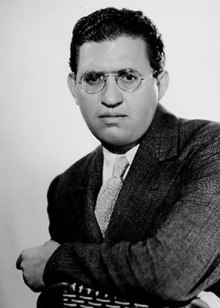





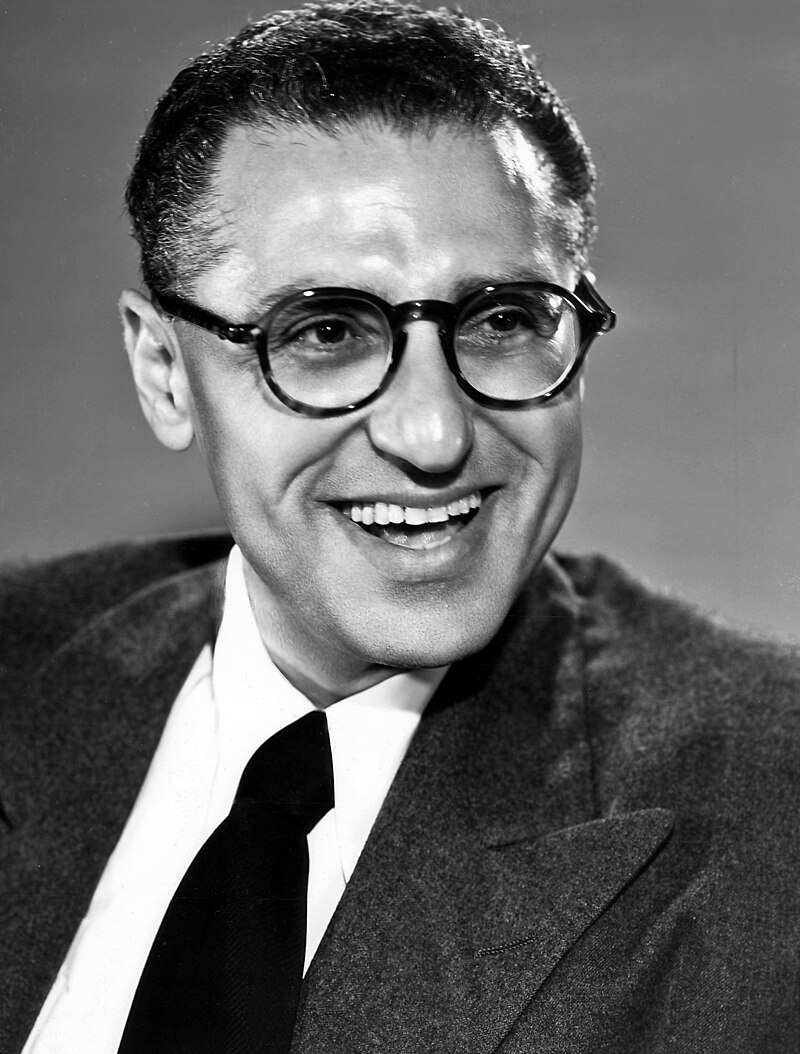
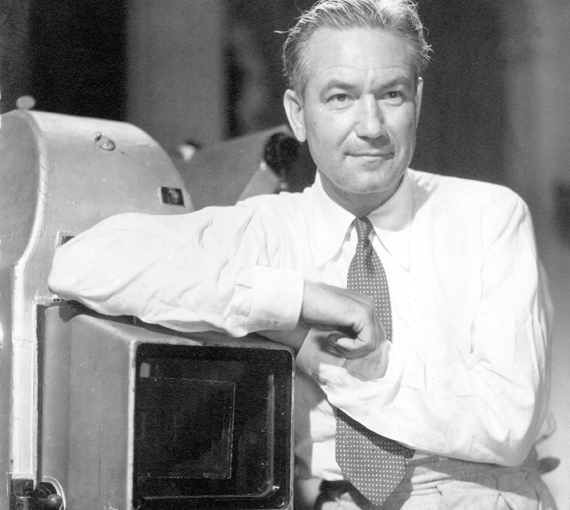








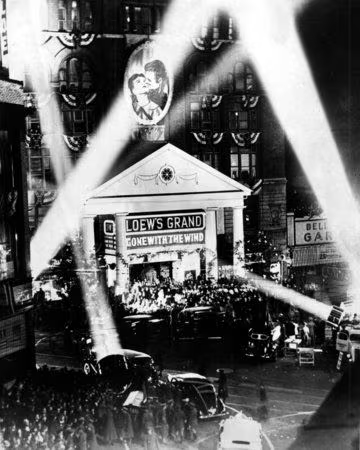

No comments:
Post a Comment